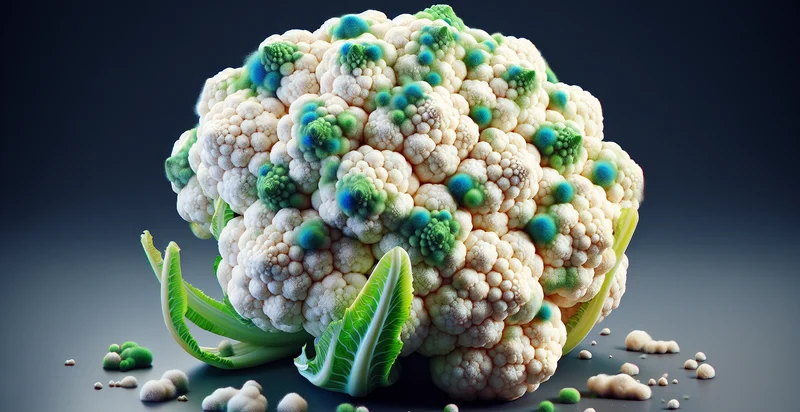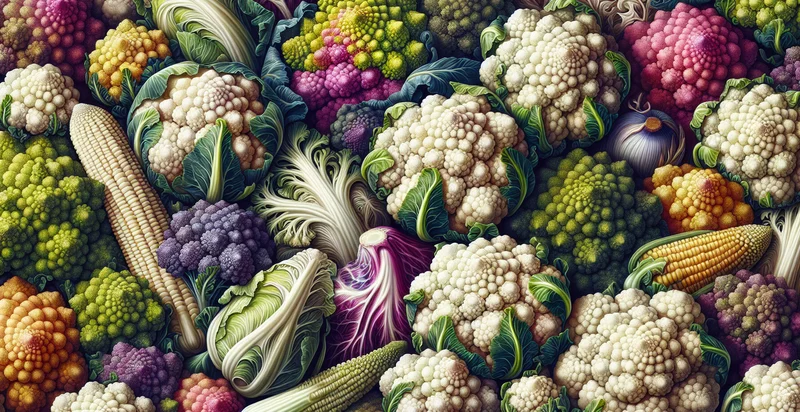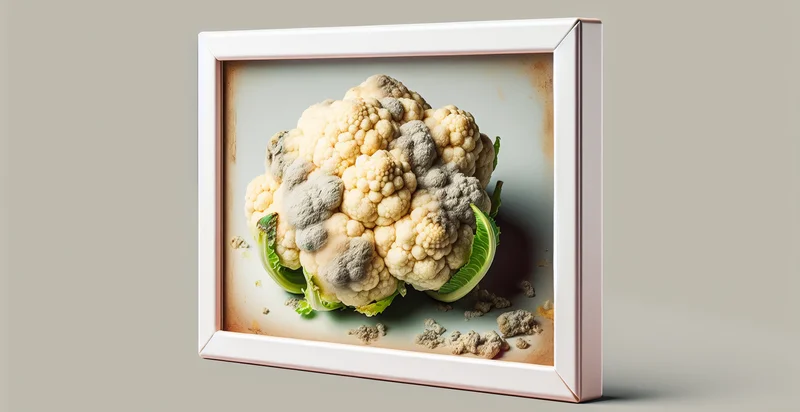Identify if cauliflower is moldy
using AI
Below is a free classifier to identify if cauliflower is moldy. Just upload your image, and our AI will predict if the cauliflower is moldy - in just seconds.

Contact us for API access
Or, use Nyckel to build highly-accurate custom classifiers in just minutes. No PhD required.
Get started
import nyckel
credentials = nyckel.Credentials("YOUR_CLIENT_ID", "YOUR_CLIENT_SECRET")
nyckel.invoke("if-cauliflower-is-moldy", "your_image_url", credentials)
fetch('https://www.nyckel.com/v1/functions/if-cauliflower-is-moldy/invoke', {
method: 'POST',
headers: {
'Authorization': 'Bearer ' + 'YOUR_BEARER_TOKEN',
'Content-Type': 'application/json',
},
body: JSON.stringify(
{"data": "your_image_url"}
)
})
.then(response => response.json())
.then(data => console.log(data));
curl -X POST \
-H "Content-Type: application/json" \
-H "Authorization: Bearer YOUR_BEARER_TOKEN" \
-d '{"data": "your_image_url"}' \
https://www.nyckel.com/v1/functions/if-cauliflower-is-moldy/invoke
How this classifier works
To start, upload your image. Our AI tool will then predict if the cauliflower is moldy.
This pretrained image model uses a Nyckel-created dataset and has 2 labels, including Fresh Cauliflower and Moldy Cauliflower.
We'll also show a confidence score (the higher the number, the more confident the AI model is around if the cauliflower is moldy).
Whether you're just curious or building if cauliflower is moldy detection into your application, we hope our classifier proves helpful.
Related Classifiers
Need to identify if cauliflower is moldy at scale?
Get API or Zapier access to this classifier for free. It's perfect for:
- Quality Control in Agriculture: Farmers can utilize the cauliflower mold detection function to assess the quality of their crops during the harvesting phase. By identifying moldy cauliflower early, they can take corrective measures to prevent loss, ensuring that only healthy produce reaches the market.
- Food Supply Chain Management: Distributors can implement this image classification function in their logistics systems to inspect cauliflower before it is shipped to retailers. This helps to minimize the risk of delivering spoiled goods, thus enhancing customer satisfaction and reducing returns.
- Retail Freshness Monitoring: Grocery stores can employ this technology as part of their inventory management system to regularly check the freshness of their cauliflower stock. By swiftly identifying moldy items, retailers can make timely decisions about product rotation and markdowns, improving overall inventory turnover.
- Consumer Awareness Applications: App developers can integrate the cauliflower mold detection feature into food safety applications for consumers. This allows users to scan their produce at home, providing them with immediate feedback on the quality of their cauliflower before consumption.
- Restaurant Kitchen Operations: Restaurants can use this image classification tool in their kitchen operations to inspect cauliflower before preparation. This ensures that only fresh and safe ingredients are used in dishes, bolstering food safety and enhancing the quality of meals served to customers.
- Research & Development in Food Science: Food scientists can leverage this technology to study the prevalence and conditions that lead to mold growth in cauliflowers. This data can be crucial for breeding programs aimed at developing more resilient cauliflower varieties with longer shelf life.
- Waste Management Programs: Organizations focusing on reducing food waste can utilize this function to identify and sort moldy cauliflowers during collection and disposal processes. By effectively segregating spoiled food, they can improve recycling efforts and enhance composting operations.


